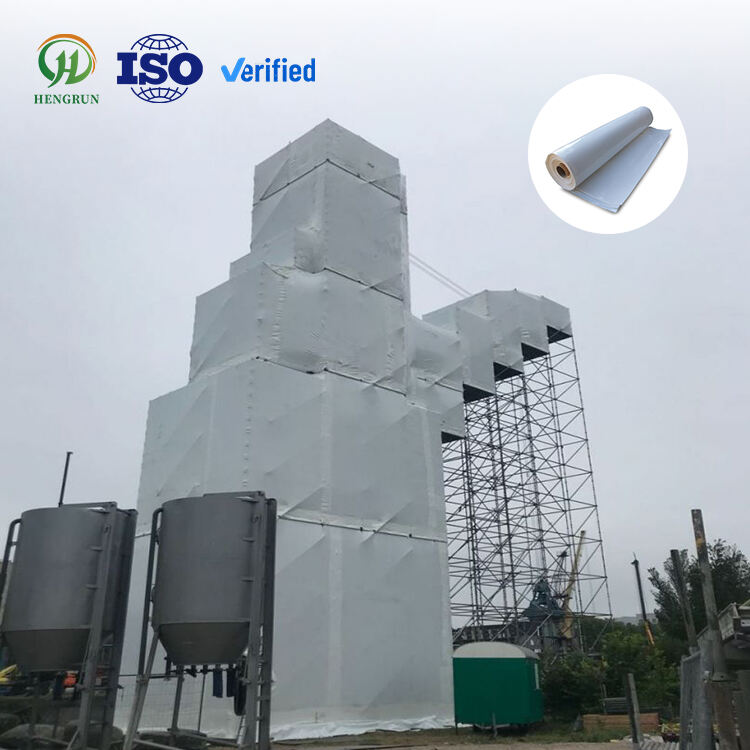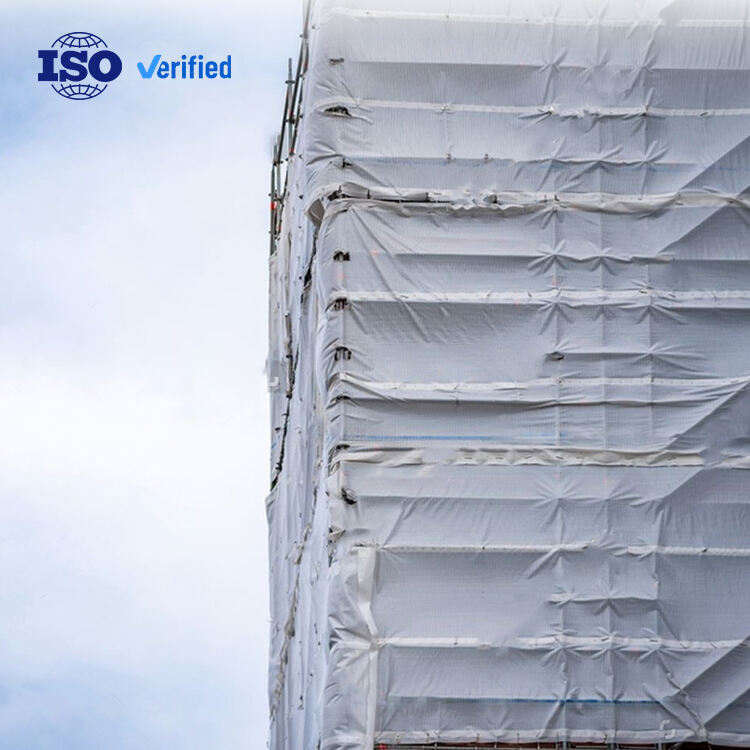Understanding Shrink Film Performance Through MD and TD Ratios
The packaging industry relies heavily on precise measurements and calculations to achieve optimal product protection and presentation. At the heart of this precision lies the shrink film shrinkage rate - a critical factor that determines how effectively a film will conform to the product's shape during the shrinking process. This comprehensive guide explores the relationship between Machine Direction (MD) and Transverse Direction (TD) ratios across different film gauges, providing valuable insights for packaging professionals and manufacturers.
The Science Behind Shrink Film Behavior
Molecular Orientation and Shrinkage Properties
The shrink film shrinkage rate is fundamentally tied to how polymer molecules are oriented during the manufacturing process. When the film is exposed to heat, these molecules attempt to return to their original state, causing the film to shrink. The degree and direction of shrinkage depend on how these molecules were stretched during production.
During manufacturing, the film undergoes a bi-axial orientation process, creating different shrinkage properties in both the machine direction (MD) and transverse direction (TD). This molecular arrangement is crucial for achieving balanced shrinkage and preventing packaging defects like dog ears or loose ends.
Temperature Impact on Shrinkage Performance
The relationship between temperature and shrink film shrinkage rate is non-linear and varies significantly across different gauge thicknesses. As temperatures increase, the shrinkage rate accelerates until reaching its maximum potential. Understanding this relationship is essential for optimizing tunnel temperature settings and ensuring consistent packaging results.
Each gauge thickness responds differently to heat application, with thinner films generally requiring lower temperatures to achieve similar shrinkage rates compared to thicker variants. This thermal sensitivity must be carefully considered when selecting film specifications for specific applications.

Comparative Analysis of Film Gauges
60 Gauge Film Characteristics
The 60 gauge shrink film represents the thinnest commonly used option in the industry. Its shrink film shrinkage rate typically shows higher responsiveness to heat, making it ideal for lightweight products and applications requiring rapid shrinking. The MD to TD ratio in 60 gauge films often demonstrates a more balanced shrinkage pattern, typically ranging from 60-70% in both directions.
This gauge offers excellent clarity and conformability, making it particularly suitable for retail packaging where product visibility is paramount. However, its thinner profile requires more precise temperature control during the shrinking process to prevent film burn-through or inconsistent shrinkage.
75 Gauge Performance Metrics
The 75 gauge film provides a middle-ground solution, combining reasonable strength with good shrinkage characteristics. Its shrink film shrinkage rate typically shows more controlled behavior compared to 60 gauge, with MD ratios usually ranging from 55-65% and TD ratios from 50-60%.
This balanced performance makes 75 gauge film a versatile choice for many applications, offering improved durability while maintaining good optical properties and shrink performance. It's particularly effective for products requiring moderate protection while still demanding excellent presentation quality.
100 Gauge Specifications
As the thickest of the three common gauges, 100 gauge film exhibits the most robust physical properties. The shrink film shrinkage rate for this gauge typically shows more gradual progression, with MD ratios often ranging from 50-60% and TD ratios from 45-55%. This controlled shrinkage pattern makes it ideal for heavier or more demanding applications.
The increased thickness provides enhanced puncture resistance and overall package integrity, though it may require higher tunnel temperatures or longer dwell times to achieve optimal shrinkage. This gauge is particularly suited for industrial applications or products with sharp edges that might compromise thinner films.
Optimizing Shrinkage Performance
Temperature Control Strategies
Achieving consistent shrink film shrinkage rate results requires precise temperature control throughout the shrink tunnel. Modern tunnels typically feature multiple temperature zones, allowing for gradual heat application and controlled shrinkage. The optimal temperature profile varies by gauge thickness and desired shrinkage characteristics.
For optimal results, operators should maintain detailed temperature logs and regularly calibrate equipment to ensure consistent performance. This is particularly important when switching between different film gauges, as temperature requirements can vary significantly.
Speed and Tension Adjustments
The relationship between conveyor speed and shrink film shrinkage rate is crucial for achieving consistent results. Faster speeds may require higher temperatures to achieve the same shrinkage, while slower speeds allow for more gradual heating but may reduce production efficiency.
Film tension during application must also be carefully controlled to prevent wrinkles or uneven shrinkage. Modern packaging systems often feature automated tension control systems to maintain consistent film application regardless of product size or shape variations.
Frequently Asked Questions
How does ambient temperature affect shrink film performance?
Ambient temperature can significantly impact the shrink film shrinkage rate and overall performance. Higher ambient temperatures may require adjusted tunnel settings to prevent over-shrinkage, while colder environments might necessitate increased heat input to achieve desired results. It's recommended to maintain consistent warehouse temperatures and adjust equipment settings seasonally.
What causes uneven shrinkage in packaging applications?
Uneven shrinkage typically results from several factors including inconsistent heat distribution, improper film tension, or mismatched MD/TD ratios for the application. Ensuring proper equipment maintenance, consistent temperature control, and appropriate film selection for the specific application can help minimize these issues.
When should I choose a higher gauge film over a lower gauge option?
The decision to use a higher gauge film should be based on several factors including product weight, shape complexity, handling requirements, and environmental conditions. Heavier or sharp-edged products typically benefit from thicker films, while lighter items with simple geometries may achieve optimal results with thinner gauges, provided the shrink film shrinkage rate meets application requirements.

